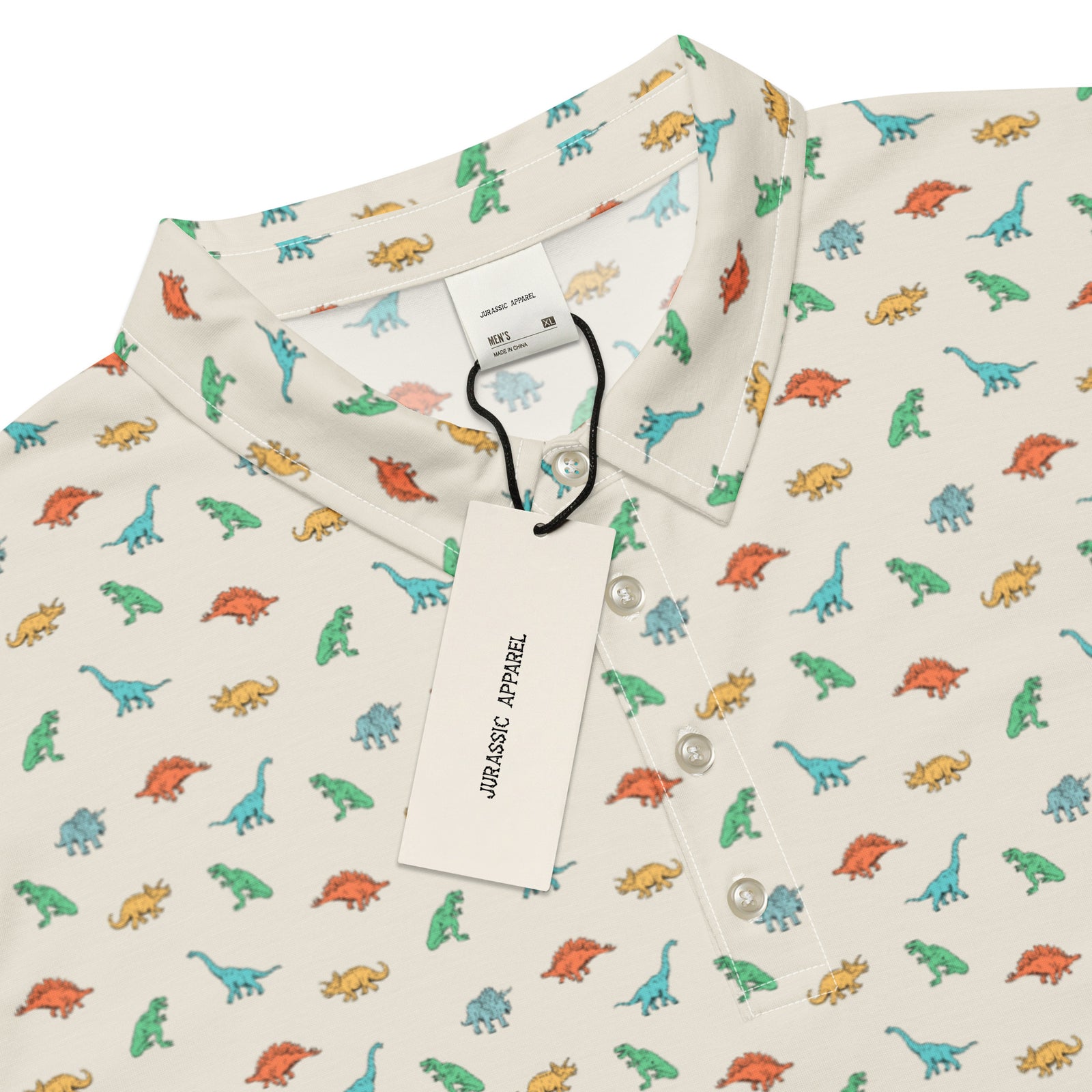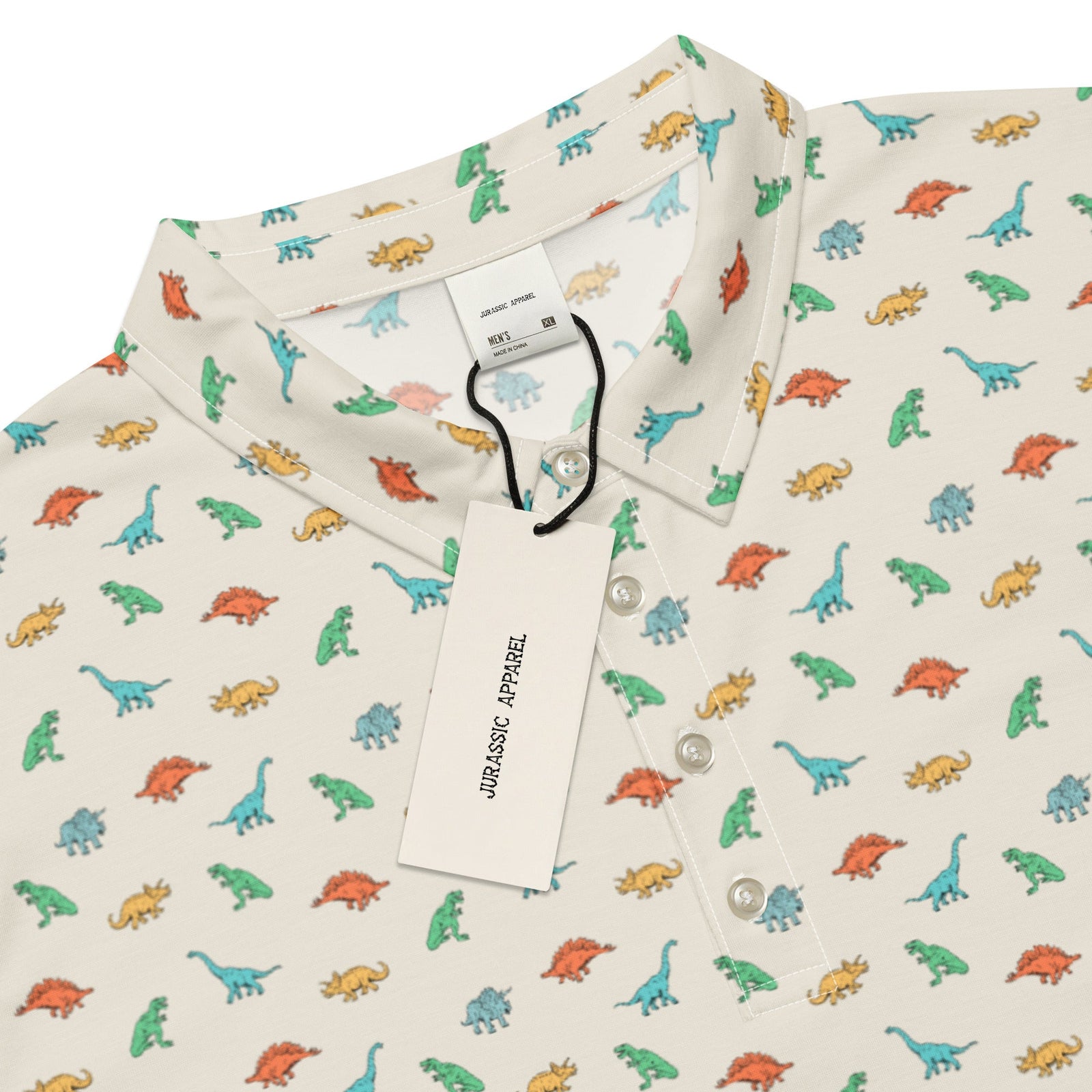Free Shipping On Orders over $75
Free Shipping On Orders over $75
Women's
Men's
Kids
Baby/Toddler
Accessories
Tarbosaurus
August 15, 2024 3 min read

(AI Interpretation)
Tarbosaurus: The Mighty Lizard of Mongolia
Dinosaur Facts:
- Dinosaur Type: Theropod
- Period: Late Cretaceous
- Diet: Carnivore
- Length: Approximately 12-13 meters (39-43 feet)
- Height: Around 4-5 meters (13-16 feet) at the hips
- Weight: Estimated 4-5 tons
- Notable Features: Powerful jaws, robust limbs, and a striking resemblance to Tyrannosaurus rex
Tarbosaurus for Kids
Meet Tarbosaurus!
Tarbosaurus, meaning "alarming lizard," was a fierce predator that roamed the ancient landscapes of what is now Mongolia around 70 million years ago. An absolute titan of its time, it was similar in appearance to the more famous Tyrannosaurus rex but adapted to its own unique environment.
What did Tarbosaurus look like?
Tarbosaurus had a massive skull equipped with sharp teeth designed for tearing flesh. Its strong legs indicated it was a fast runner, and its robust body allowed it to take down large prey. Its upper limbs were relatively small but powerful, possibly used for grasping onto its victims.
What did Tarbosaurus eat?
Tarbosaurus was a carnivore, primarily preying on large herbivorous dinosaurs such as hadrosaurs and ceratopsians that shared its habitat. With its keen sense of smell and powerful legs, it was well-equipped to hunt and ambush prey effectively.
In-Depth Look at the Tarbosaurus
Anatomy and Physical Features
The skeletal structure of Tarbosaurus reveals features indicative of its predatory lifestyle. Its long, powerful hind legs were built for speed, allowing it to chase down swift prey. The forelimbs, although smaller than those of its North American relatives, were muscular enough for gripping and holding onto prey while delivering fatal bites. Notably, its skull was large and robust, containing numerous blade-like teeth that could crush bone.
Behavior and Habitat
Tarbosaurus likely inhabited floodplains and river valleys filled with lush vegetation. Its behavior suggests that it was a solitary hunter or possibly a scavenger, similar to modern-day carnivores. Compared to other theropods, it may have relied more on stealth than pack hunting.
Scientific Discovery and Research
The first fossils of Tarbosaurus were discovered in the 1940s in Mongolia, leading to its identification as a distinct species of theropod. Ongoing research has revealed more about the environmental conditions of the Late Cretaceous period, as well as comparisons to its closely related counterparts.
Social Behavior and Hunting Techniques
Researchers debate whether Tarbosaurus hunted alone or in packs. However, evidence from other theropods indicates a variety of hunting strategies, potentially involving ambush tactics or opportunistic scavenging. Its adaptations for speed and powerful eyesight would have made it a formidable predator.
Tarbosaurus in Popular Culture
Tarbosaurus has found its way into various media, often depicted as a ferocious dinosaur alongside its cousin, the T. rex. Films, documentaries, and educational content highlight its powerful hunting abilities and physical characteristics, helping to solidify its status as an iconic dinosaur.
Ongoing Research and Discoveries
Scientific interest in Tarbosaurus continues to grow, with researchers exploring its evolutionary ties to other theropods. Advanced imaging and fossil analysis enhance our understanding of its biology and ecology. As more fossils are uncovered, our knowledge of this magnificent predator will undoubtedly deepen.
Conclusion
Tarbosaurus remains one of the most captivating dinosaurs of the Late Cretaceous period. Its impressive attributes as a predator make it a vital component of prehistoric ecosystems. As we continue to unearth new findings, we enrich our understanding of not just Tarbosaurus but the prehistoric world it inhabited.














